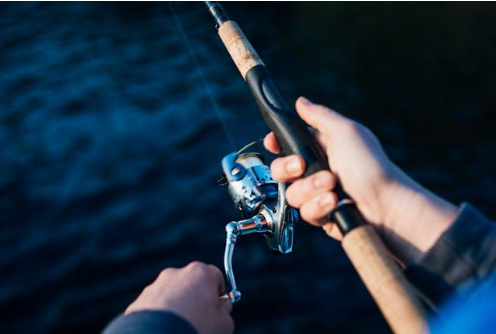If you’ve ever gone deep-sea fishing, you know it’s not always easy to find the right method that works for different species and varying ocean conditions. Some techniques require heavy effort, leaving you exhausted long before the day is over. Others might not be versatile enough to attract the fish you’re after. When you’re far out at sea, you need a method that’s efficient, adaptable, and enjoyable to use for hours at a time.
This is where a unique approach can make all the difference. By using the right technique, you can cover more depths, attract a wider range of fish, and make the most of your time offshore.
1. Understanding the Benefits of Slow Pitch Jigging
One of the most effective methods for deep-sea fishing today is slow pitch jigging. Unlike traditional jigging, which involves quick, repetitive movements, slow pitch jigging focuses on a slower, more deliberate motion. This creates a lifelike action in the lure, mimicking an injured baitfish drifting in the water.
Fish often find this irresistible, especially in deeper waters where they rely on sight and subtle movements to detect prey. Because the technique uses lighter gear and more controlled actions, it’s less physically draining, allowing you to fish for longer periods without fatigue. This means more chances to hook the big one without feeling worn out halfway through the trip.
2. Versatility Across Different Depths
When you’re fishing in deep water, conditions can change quickly. The ability to adjust your approach is key to keeping the action going. Slow pitch jigging works well at various depths, making it a reliable choice whether you’re targeting fish just below the surface or near the ocean floor.
The design of slow pitch jigs allows them to flutter and fall in a way that draws attention from fish at different levels. By changing your retrieve speed or the weight of your jig, you can adapt to the conditions and keep your line in the strike zone longer.
3. Targeting a Wide Range of Species
Deep-sea fishing often brings the chance to catch different types of fish on the same trip. With slow pitch jigging, you’re not limited to just one kind. The technique attracts a variety of species, from snapper and grouper to tuna and amberjack. This makes it ideal for anglers who enjoy the challenge and excitement of catching multiple kinds of fish in one outing.
4. Reducing Physical Strain
One of the biggest challenges of deep-sea fishing is the toll it can take on your body. Traditional methods often involve constant, fast movements that quickly tire out your arms and back. Slow pitch jigging uses smoother, slower motions that are easier on your muscles and joints. This means you can stay out longer and still have the energy to enjoy the rest of your trip.
5. Keeping You Engaged Throughout the Day
Fishing is as much about patience as it is about skill, but it’s more enjoyable when you’re actively involved in the process. Slow pitch jigging keeps you engaged without wearing you down, giving you a hands-on experience that feels rewarding when you finally reel in your catch.

